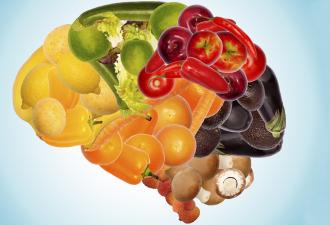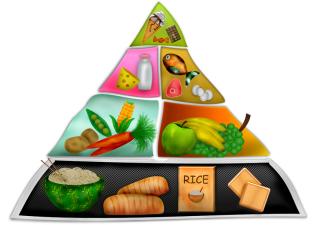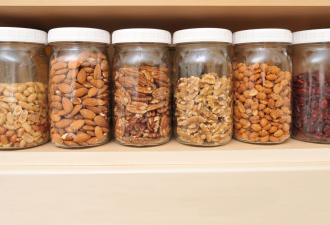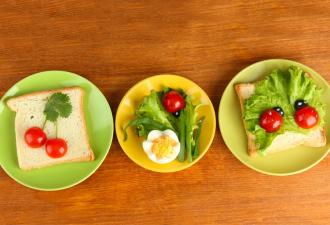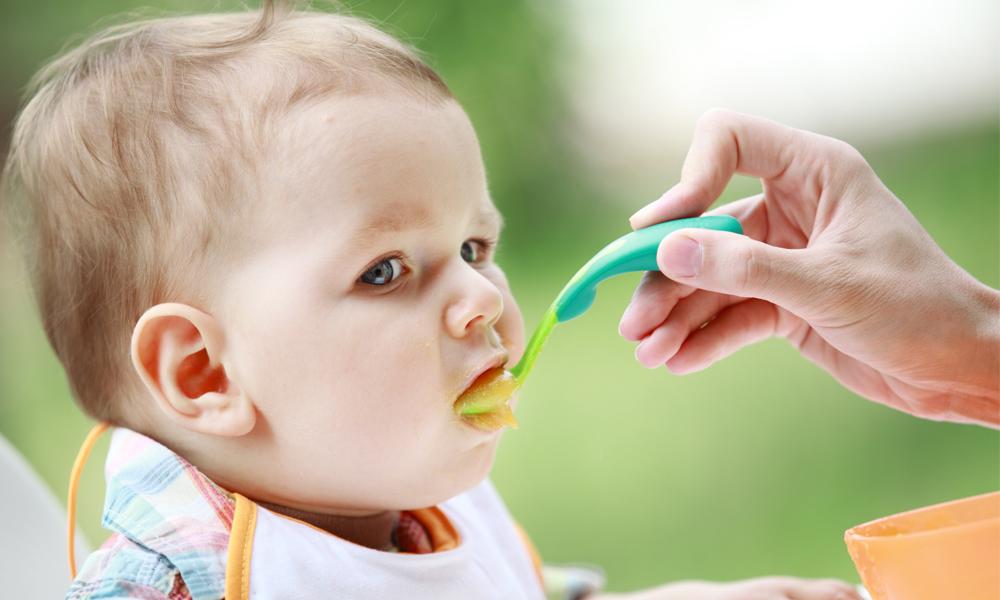
Introduction to solid foods
Many of the beautiful photographs of babies we see in magazines and advertisements feature small children seated in a child seat, smeared on the face or on their entire body with various foods. The introduction to solid foods may be a period with many funny moments. Yet, at the same time it can be a cause of disorder, frustration and concern.
The most frequently asked questions of mothers have to do with the right time to start the process, the amount of food to be offered to the infant and in what order are the foods to be introduced.
When to start
Between 4 and 6 months old, most children are ready, in terms of development and formation, to start their gradual introduction to solid foods. Points that you should evaluate regarding your own child are:
- Whether its head and neck can stand properly.
- Whether it has at least doubled its weight as newborn.
- Whether it has expressed a desire to try something you eat or even have tried to “grab” something off your plate.
- Whether it is able to keep food in its mouth
- Whether it shows signs that it's more hungry than what a bottle of milk can cover.
In the 6th month, an infant should start gradually consuming solid foods. It is the time when the iron storage established during its foetal life, are begin depleted. Eating a variety of foods is the best way to meet the needs.
Which foods to start with
Typically, foods to be used in the beginning are fruits and vegetables in their mashed form. Moreover, the use of some grain in a cream is recommended specifically for infants. Your options are many but you should prefer fruits and vegetables of the season and if possible, organic.
“The big day ”- the first test
The first day you attempt giving your child solid food is a major event. Failure of the first time means nothing. Several infants need several attempts to get used to consuming a small mouthful of mashed fruit or vegetables. Of course, baby cereal creams due to their sweet taste, have more chances of success. However, it is preferable to train the baby with less sweet tastes, so that it will not reject them later on. This theory should not be taken for granted, since it often does not reflect reality.
On the first day, to increase the chances of success, offer the meal at a time when the child may be more hungry. Moreover, you should choose a time when your child is not sleepy and is in a calm environment without strong visual and auditory stimulations.
If the child "spits" food, do not feel intimidated. Try again a little later. You should know that it might take a few days to get used to it. Additionally choose a special high chair and use a small sized spoon.
The right quantity
When starting, you do not need to offer large quantities, even if your child consumes it easily. Start with 1 teaspoon on the first day, 1 tablespoon on the second day and add 1 tablespoon each day until you reach the quantity of a small portion. Supplement the lunch with milk from the first day, either from the bottle or the breast, if you are still breastfeeding.
As your child grows, you do not need to increase the portion; it is preferable that you gradually increase the number of meals. Usually, in the 8th - 9th month, children consume three meals of solid food a day and, of course, milk. Children usually adjust the quantity of their meals. You should keep track of the child's weight and offer the appropriate options.
Advice
The nutritional information and recommendations on infant-toddler diet are indicative and refer to general guidance for this age group. Time that every child can be introduced to solid foods or add more to it’s diet, must be individualized. We recommend to set advise from your pediatrician about the specific nutritional needs of your child.



